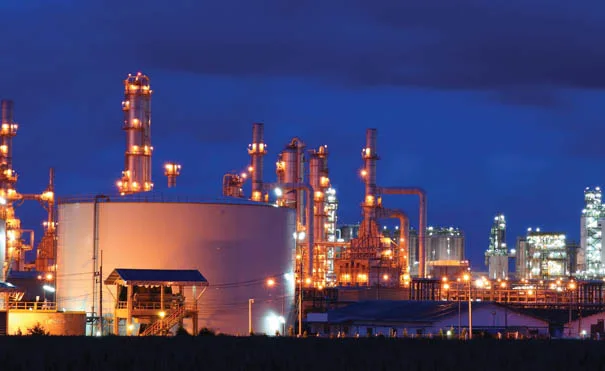OPEC+ Moves Forward with Oil Production Increase Despite Market Uncertainty
In a bold move, OPEC+ has decided to increase oil production by 411,000 barrels per day in June, despite weak demand and falling prices. The decision, made during an online meeting among the eight OPEC+ countries—Saudi Arabia, Russia, Iraq, UAE, Kuwait, Kazakhstan, Algeria, and Oman—signals the group’s commitment to gradually unwinding previous output cuts while maintaining market stability.
Reasons Behind the Production Increase
OPEC+ leaders justified the decision by citing healthy market fundamentals and low global oil inventories. Despite concerns about economic growth, trade tensions, and fluctuating demand, the group believes that gradual production increases will help stabilize the market in the long run.
The increase follows a larger-than-expected production boost in May, which contributed to a four-year low in oil prices, with Brent crude futures trading around $61.29 per barrel. The decision also aligns with previous agreements to phase out earlier output cuts, which began in April 2025.

Compliance Issues and Internal Tensions
While OPEC+ aims to maintain market stability, compliance issues remain a challenge. Some member states, including Kazakhstan and Iraq, have exceeded their production quotas, leading to internal tensions within the group. Saudi Arabia has reportedly pushed for accelerating the unwinding of earlier output cuts, partly to address compliance concerns.
Kazakhstan, in particular, has challenged OPEC+ directives, with its energy minister prioritizing national interests over group-wide agreements. Despite a 3% drop in oil output, Kazakhstan exceeded its OPEC+ quota in April, raising concerns about future adherence to production targets.
Impact on Global Oil Markets
The decision to increase production comes at a time when oil prices are under pressure due to economic uncertainty and trade tensions. Analysts predict that the additional supply could further weaken prices, especially as demand from China remains sluggish.
However, OPEC+ maintains that the gradual increase is part of a long-term strategy to restore production levels while ensuring market flexibility. The group has emphasized that future adjustments may be paused or reversed depending on market conditions.

Next Steps and Future Outlook
OPEC+ has committed to monthly meetings to review market conditions, compliance, and compensation. The next meeting, scheduled for June 1, 2025, will determine July production levels and assess the impact of the June increase.
While the decision to boost production has sparked debate among industry experts, OPEC+ remains focused on balancing supply and demand while navigating geopolitical and economic challenges. The coming months will be critical in determining whether the strategy succeeds in stabilizing oil markets or exacerbates price volatility.

Key Points:
- Production Increase: The group will raise output in June by 411,000 barrels per day, equivalent to three monthly increments.
- Reason Behind the Decision: Despite concerns about economic growth and trade tensions, OPEC+ believes the oil market fundamentals are healthy, with low inventories supporting their decision.
- Impact on Oil Prices: Oil prices fell to a four-year low in April below $60 per barrel after OPEC+ announced a bigger-than-expected production boost for May. As of now, Brent crude futures are trading around $61.29 per barrel.
- Compliance Issues: Some OPEC+ members, like Kazakhstan and Iraq, have struggled with compliance, exceeding their production quotas. Saudi Arabia is pushing to accelerate the unwinding of earlier output cuts, partly to address these compliance issues ¹ ².
Next Steps:
- Monthly Meetings: OPEC+ will hold monthly meetings to review market conditions, conformity, and compensation.
- June 1 Meeting: The group will decide on July production levels on June 1, 2025, continuing to monitor market conditions and adjust production accordingly
